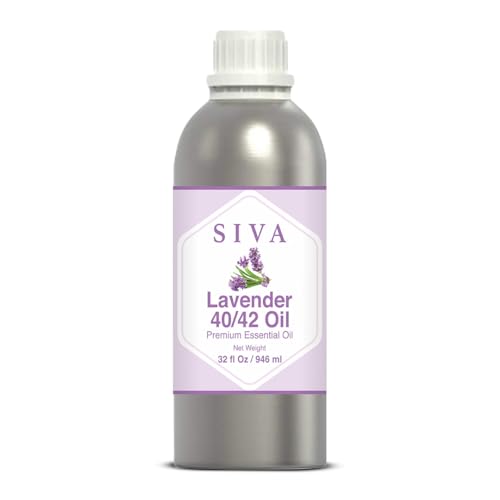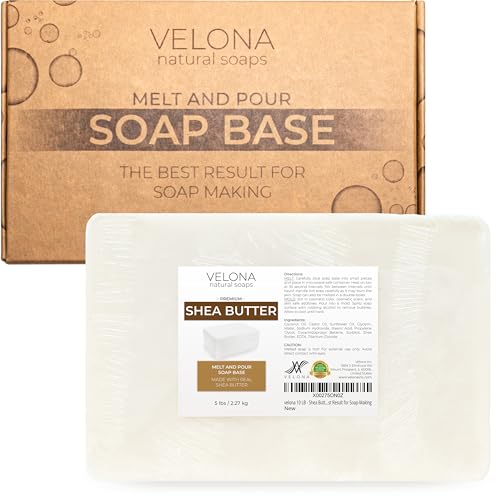Kat - the way I look at it, superfatting and lye discounting are essentially the same thing - using less lye than is required to 100% saponify your oils.
Lye discounting is using (for example) 5% less lye than required for the amount of oils that are in your recipe. So, for a recipe that has:
580g Olive Oil, 280g Coconut oil & 60g Shea Butter my
lye calculator tells me that I need 138.6g of Lye. I then decide that I want a 5% lye discount - I now only need 131.7g of Lye.
Superfatting is using (for example) 5% more oils than you have lye for. So, for the same recipe - 580g Olive oil, 280g Coconut & 60g Shea, I need 138.6g of lye. This time, instead of discounting my lye by 5%, I increase my oils by 5%. For this example, I'm going to add 46g of Cocoa Butter at trace.
Either way, both methods use more less lye than required to 100% saponify the oils used. Bear in mind however, if you have too high a discount and/or superfat you run the risk of your soap turning rancid and developing 'dreaded orange spots' (DOS).
I do have one recipe that I do both with, and it is a really lovely bar of soap, however I find it needs a longer cure time as it is initially very oily when it comes out of the mold.
The only way I find to effectively reduce cure time is to either discount your water or use a different method, such as hot process, to cook off the water and make the saponification process finish sooner.
Does this help, or just add to the confusion?

















































